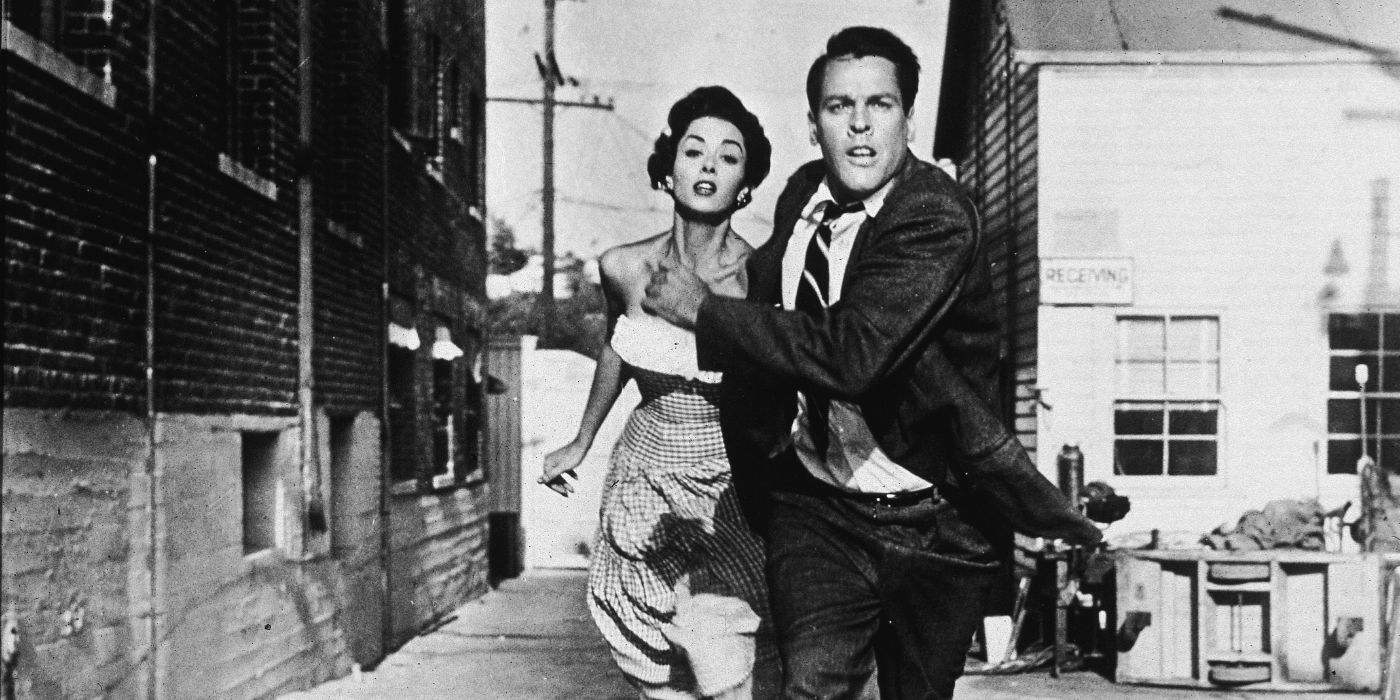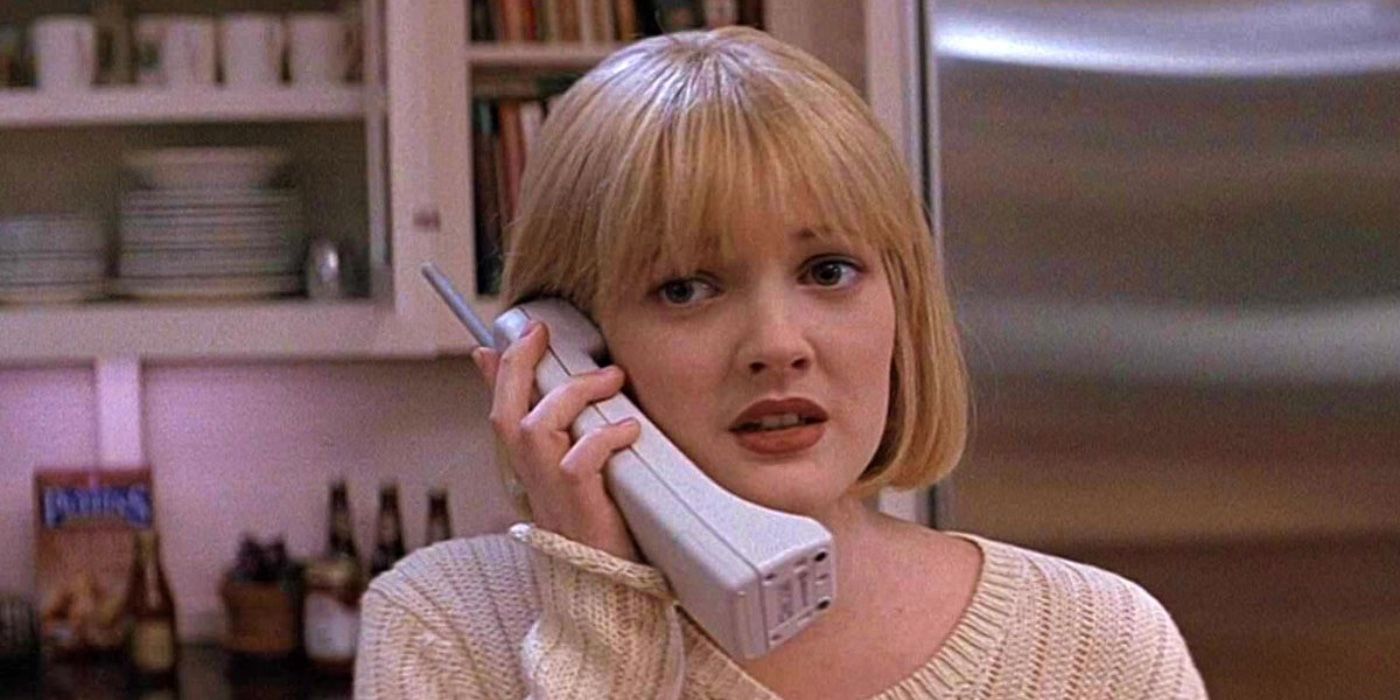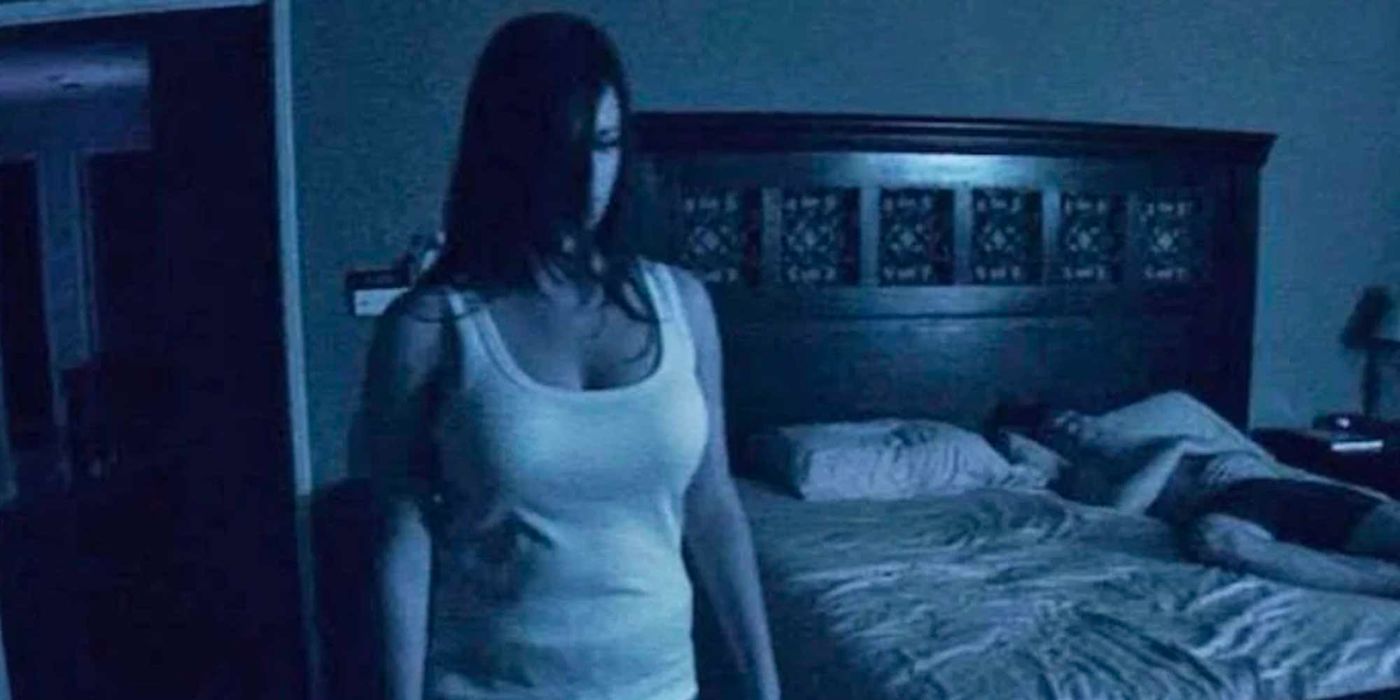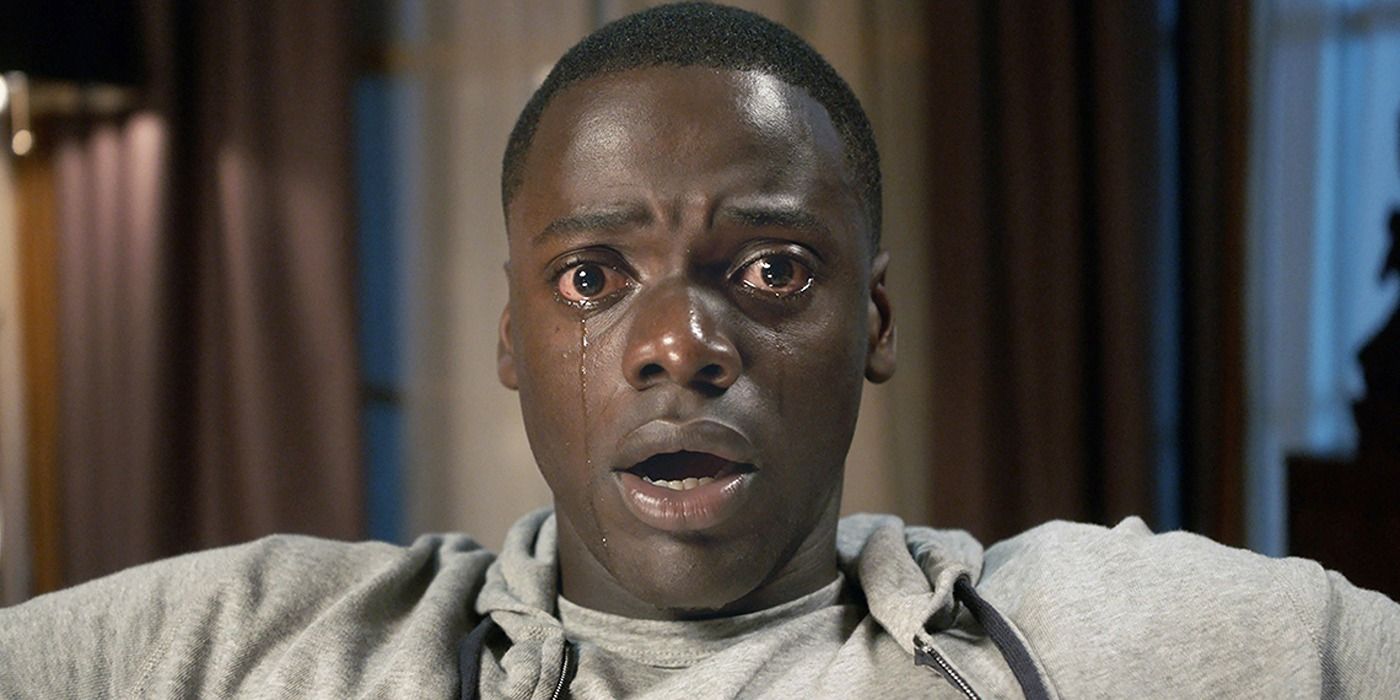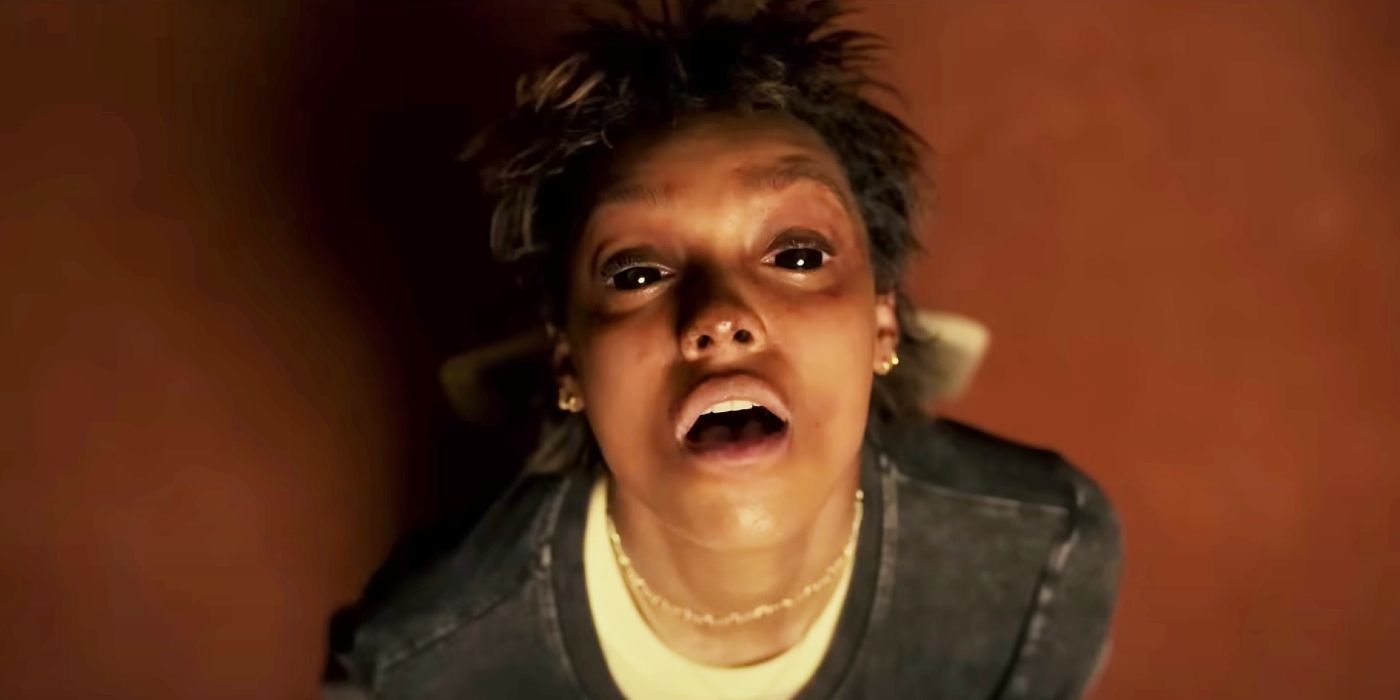Summary
- The horror genre has evolved over time, with each decade delivering standout movies that push the boundaries of fear.
- Visionary directors have crafted masterpieces that capture horror’s potential through technical innovation, cultural commentary, and bone-chilling style.
- These definitive films have an undefinable quality that cements their pole position, tower over their contemporaries, and continue to influence the genre today.
The horror genre has evolved over time, with each decade delivering some of cinema’s most thrilling movies. While every decade has seen its share of remarkable films, there’s one standout movie every 10 years that surpasses the rest. Since the earliest days of cinema, visionary directors have pushed the boundaries of what induces fear, from silent supernatural chillers to gory slasher flicks and psychological slow-burns. Horror has twisted perceptions, brought nightmares to life, and reinvented itself countless times over the past century.
Among the myriad of terrifying accomplishments, a select few singular films manage to rise above as definitive representations of horror’s potential for their era, eventually earning a place among the best horror movies of all time. Whether through technical innovation, cultural commentary, or bone-chilling style, these decade-defining masterpieces contain some undefinable quality that cements their pole position. They capture lightening in a bottle, the perfect convergence of concept and execution. These crowning moments not only tower over horror releases of their time, but cast an enduring influence still felt in today’s efforts.
11 1920s: The Cabinet of Dr. Caligari (1920)
Directed by Robert Wiene
Its visual examination of the mind’s darker forces remains miles ahead of the decade’s output.
As one of cinema’s first entries in psychological horror, The Cabinet of Dr. Caligari set an artistic high bar for the decade with its German Expressionist visual ingenuity. Director Robert Wiene immerses the audience in a warped world by utilizing off-kilter set designs and shadows to externalize its descent into murderous madness. The hypnotist, Dr. Caligari and his entranced sleepwalking assassin chillingly probe questions of control and culpability. The Cabinet of Dr. Caligari’s avant-garde style and unsettling atmosphere announced horror’s potential as serious cinematic art. Its visual examination of the mind’s darker forces remains miles ahead of the decade’s output.
10 1930s: Frankenstein (1931)
Directed by James Whale
While Dracula helped popularize 1930s horror, Frankenstein endures as the decade’s masterpiece for its compassionate study of the monstrous outsider. Boris Karloff embodies the flat-topped, bolt-necked creature with affecting pathos, creating a long-lasting presence in pop culture iconography. Unlike the static Dracula, the roaming camera used in Frankenstein visually underlines the humanity trapped within the monster’s imposing frame. The make-up and production design amplify his alienation and inspire the visually-arresting look of countless future films. The most iconic portrayal of Frakenstein’s monster, Karloff’s sensitive, star-making performance as an unwanted creation makes Frankenstein a superior tragic horror still influencing the genre.
9 1940s: The Uninvited (1944)
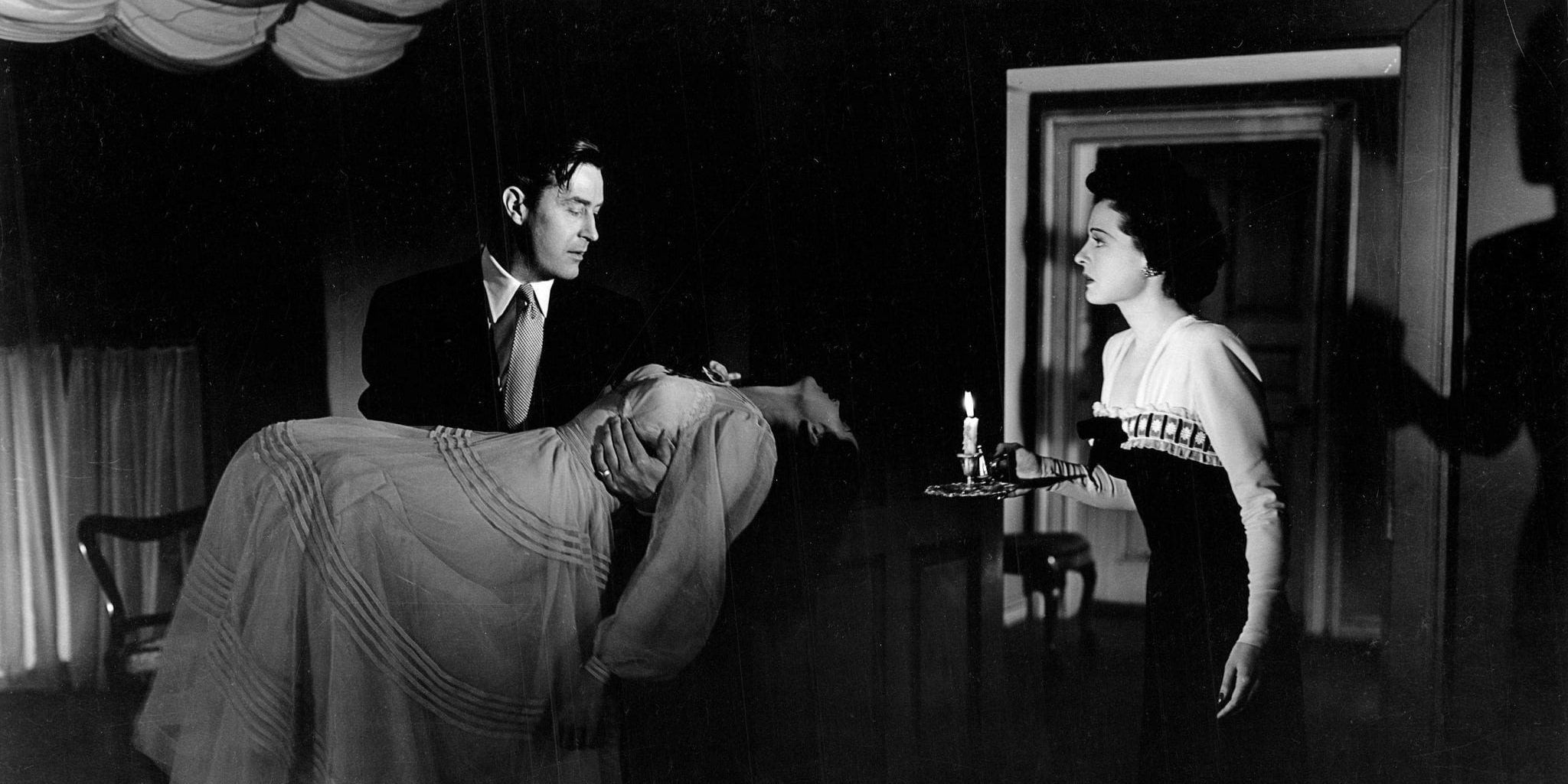
Its lingering atmosphere remains the gold standard for supernatural chillers today.
The landmark haunted house thriller The Uninvited expanded horror’s scope beyond monsters into sobering psychological territory. After siblings move into a quaint seaside home plagued by paranormal disturbances, the tale crafts an increasingly unbearable air of unease through ominous audio cues and shadow-strewn cinematography. By leaving its ghosts unseen, The Uninvited chills through subtle suggestion rather than startling spectacle. As the genre’s first serious haunted tale rooted in emotional trauma, its maturity and somber tone shook up horror conventions while its lingering atmosphere remains the gold standard for supernatural chillers today.
8 1950s: Invasion of the Body Snatchers (1956)
Directed by Don Siegel
Transcending genre limitations, the allegorical sci-fi noir Invasion of the Body Snatchers emerges as the 1950s’ horror crown jewel for its probing political subtext. As alien pod people infiltrate society by perfectly replicating then replacing humans, director Don Siegel plays on Cold War suspicions about conformity and paranoia. Tightly constructed with quick pacing, Invasion of the Body Snatchers broadens horror’s scope as potent cultural commentary. Siegel’s brilliant creation isn’t just an exciting B-movie or a straightforward message carrier. It cleverly blends gripping entertainment with sharp metaphors that dig deep into the core of 1950s American ideals.
7 1960s: Psycho (1960)
Directed by Alfred Hitchcock
Psycho
- Release Date
- September 8, 1960
- Cast
- Janet Leigh , Martin Balsam , Anthony Perkins , John Gavin , Vera Miles
Psycho announced horror’s pivot into human-centric depravity and cruelty through the iconic shrieking violin-scored shower scene.
Alfred Hitchcock forever changed horror’s DNA with his voyeuristic shocker Psycho, trailing a murderous motel owner and his tortured psyche. More violent and sexually provocative than the decade’s monster fare, Psycho announced horror’s pivot into human-centric depravity and cruelty through the iconic shrieking violin-scored shower scene. As the progenitor of the modern slasher exploring Freudian complexes, Hitchcock’s precise editing and use of suspense to amplify intimacy and violation still influence horror styles today. Still considered a timeless black and white movie, Psycho opened up new terrain for realistic killers to upend comfort in any safe space.
6 1970s: The Exorcist (1973)
Directed by William Friedkin
The Exorcist
- Release Date
- December 26, 1973
- Director
- William Friedkin
- Cast
- Max Von Sydow , Linda Blair , Lee J. Cobb , Ellen Burstyn , Jason Miller , Kitty Winn , Jack MacGowran
The 1970s delivered a wave of chilling horror films designed to shock audiences worldwide. From The Texas Chainsaw Massacre to Carrie and Halloween, the era embraced in-your-face horror, capitalizing on advancing technology and practical effects. However, The Exorcist marked a pivotal shift in the genre, sparking a debate between science and the supernatural in a profoundly terrifying setting. While it flirts with supernatural elements, the final act introduces what would become known as the demonic boom in horror. Visually disturbing and emotionally draining, the film employs realistic, practical effects, earning its reputation as one of the scariest of all time.
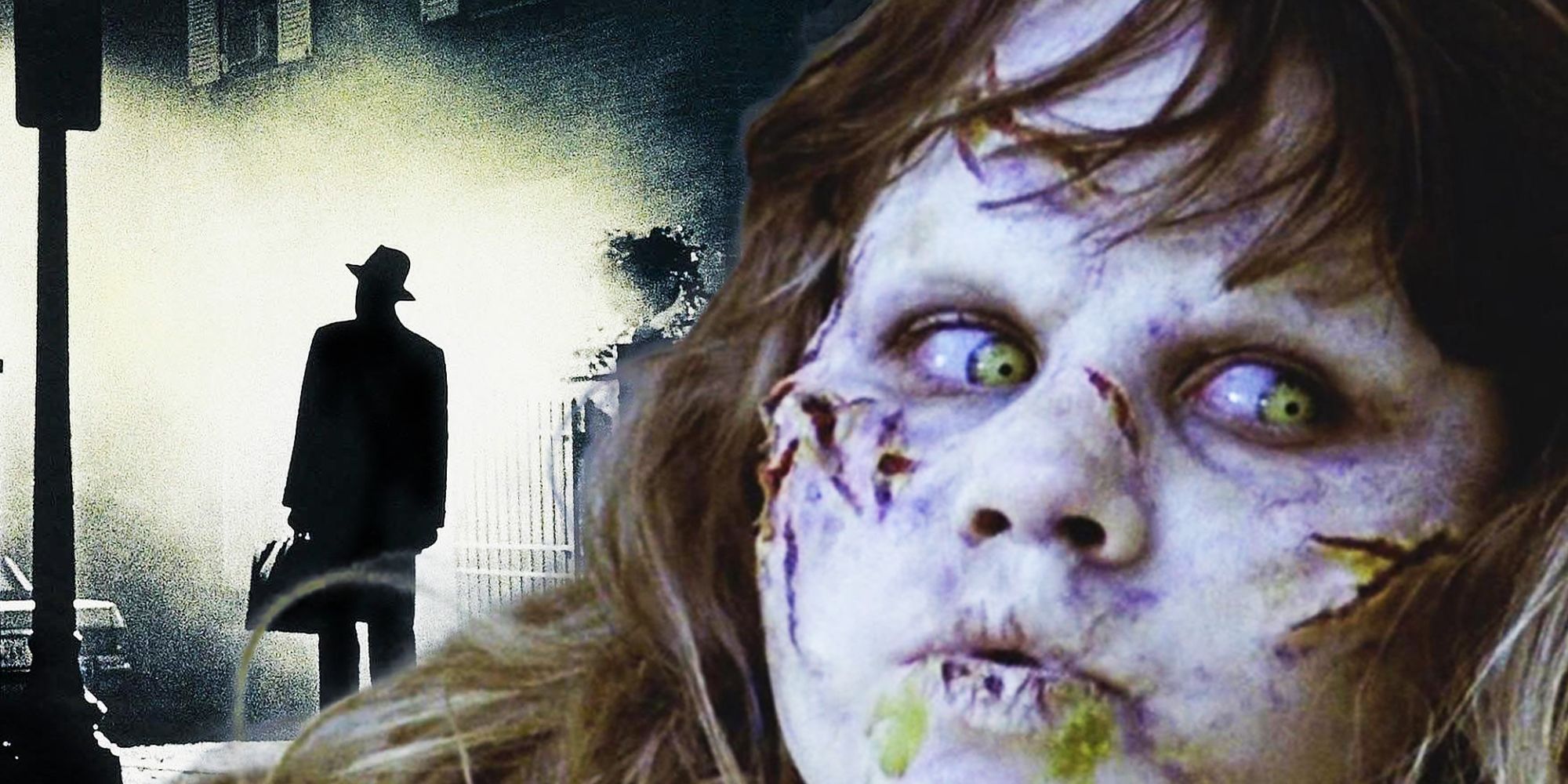

How Scary Is The Original Exorcist Movie Today?
The best horror movies don’t rely on cheap jump scares or gimmicky visuals to grip an audience, and it’s why The Exorcist is still so scary today.
5 1980s: The Shining (1980)
Directed by Stanley Kubrick
The Shining, stands as a pristine masterpiece, casting a long shadow over horror in that decade.
Stanley Kubrick’s descent into madness, The Shining, stands as a pristine masterpiece, casting a long shadow over horror in that decade. As a husband’s sanity unravels within the isolated Overlook Hotel, Kubrick transforms the ornate setting into an inescapable snowbound trap. The film generates slow-burn tension through precise shots, steering away from the typical gore of slasher films. Positioned more as a high-art nightmare than standard horror, The Shining elevated the artistic potential of the genre. Even over forty years later, the iconic ax-wielding Jack Nicholson and the image of a blazing elevator continue to define the decade.
4 1990s: Scream (1996)
Directed by Wes Craven
Scream
- Release Date
- December 20, 1996
- Cast
- Jamie Kennedy , Skeet Ulrich , Drew Barrymore , Rose McGowan , Neve Campbell , David Arquette , Roger Jackson , Courteney Cox , matthew lillard
By injecting meta-awareness into the slasher genre, Scream not only revitalized it, but also playfully flipped the script on established conventions. As a masked killer stalks teenagers, the satire is heightened by having the characters themselves call out genre tropes. It’s a mix of intense, blood-soaked scenes and comedic moments with a wink, showcasing horror’s potential for both genuine scares and insightful commentary on media violence. The clever script defied the tired formula, proving that classic horror can stay relevant by becoming increasingly self-aware. Smart, scary, and subversive, Scream carved its way to being the pinnacle of ’90s horror.
3 2000s: Paranormal Activity (2007)
Directed by Oren Peli
Paranormal Activity
- Release Date
- October 16, 2009
- Director
- Oren Peli
- Cast
- Micah Sloat , Ashley Palmer , Amber Armstrong , Mark Fredrichs , Katie Featherston
As 2000s horror trended toward torture and remakes, the micro-budget blockbuster Paranormal Activity disrupted the genre by weaponizing mundane reality into blood-curdling terror. Deploying just a single camera inside a couple’s suburban home, the film plays on universal fears of darkness. Through its pseudo-documentary found footage lens, Paranormal Activity blurs the line between fiction and observation for a stripped-down and highly cinematic slow-burn showcase. Made on a budget under $500,000, Paranormal Activity announced horror’s future as grounded in simplicity while remaining technologically forward-thinking. Paranormal Activity dominates as the standout genre breakthrough of the decade, excelling in the execution of high concepts and mainstream scare tactics.
2 2010s: Get Out (2007)
Directed by Jordan Peele
Get Out
- Release Date
- February 24, 2017
- Cast
- Lyle Brocato , LaKeith Stanfield , Caleb Landry Jones , Betty Gabriel , Allison Williams , Marcus Henderson , erika alexander , Bradley Whitford , Jeronimo Spinx , Catherine Keener , Daniel Kaluuya
Get Out defined horror in the 2010s by stirring discomfort, prompting thought, and encouraging self-reflection.
With his sharp directorial debut, Get Out, Jordan Peele marked a shift in horror toward socially-conscious storytelling. Disguised as a creepy thriller about a Black man meeting his white girlfriend’s family, Get Out reveals the suburban horrors of racism through chilling twists and symbolic elements. Peele transforms racial anxieties into mainstream entertainment, sparking necessary cultural discussions. Well-crafted, convincingly performed, and leaving a lasting impact, Get Out defined horror in the 2010s by stirring discomfort, prompting thought, and encouraging self-reflection. Not only was Peele’s first film a masterpiece, but it also paved an exciting path for the genre.
1 2020s (So Far): Talk To Me (2023)
Directed by Danny and Michael Philippou
Talk to Me
- Release Date
- July 28, 2023
- Director
- Danny Philippou , Michael Philippou
- Cast
- Sophie Wilde , Joe Bird , Alexandra Jensen , Otis Dhanji , Miranda Otto , Marcus Johnson
While the decade has only just begun, Talk to Me sets the tone for future horror films to come by delivering a potent mix of psychological and supernatural elements. In this gripping debut from Danny and Michael Philippou, Talk to Me establishes its own distinctive identity with a narrative that dives into the emotional trauma beneath the terror. Exploring themes of loss, grief, regret, and forgiveness adds depth to the vivid scares, lifting the film beyond mere shock value. Early acclaim crowns Talk to Me as the current high point in horror, marking a promising start for the decade.
This story originally appeared on Screenrant



